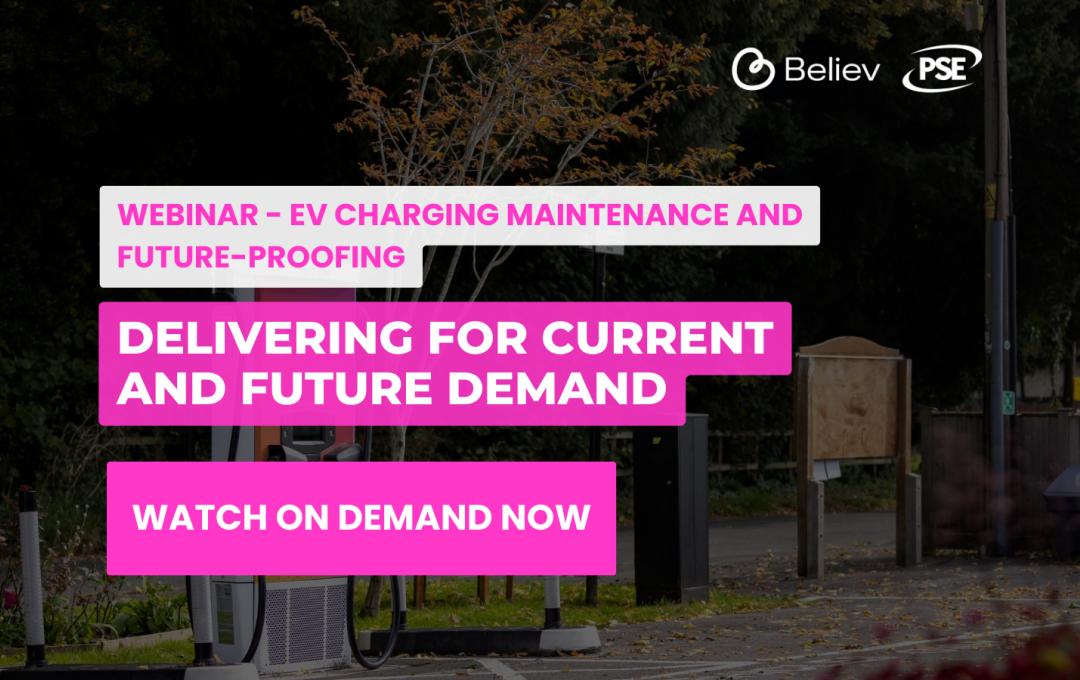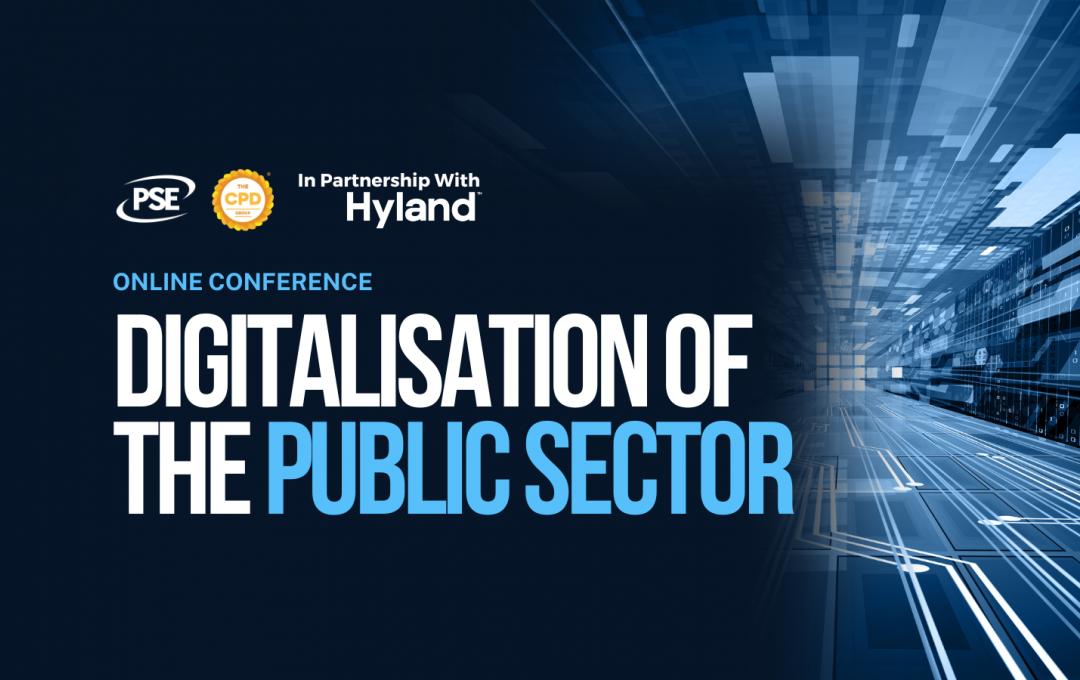With a barrage of headlines detailing increasingly tight ESG regulations for private companies, you’d be forgiven for thinking that environmental, social, and corporate governance was mainly a private sector issue.
Yet today, public sector organisations are facing mounting pressure — from the government, their employees, and citizens alike — to fully commit to a solid strategy.
And we’re already seeing public service organisations get on board. From the NHS, which will no longer purchase from suppliers who do not meet or exceed its carbon zero commitments by the end of the decade, to the government, which has pledged to reach net zero by 2050.
Clearly, it’s time for public sector organisations to act. However, doing so is easier said than done.
The ongoing cost of living crisis is forcing our public sector to scrutinise budget and save resources wherever possible. ONS data shows public sector pay has fallen by 4.3% since the financial crisis, and Matthew Taylor, Chief Executive of the NHS Confederation recently warned that there’s “no fat left to trim” on already stretched budgets.
What’s more, navigating the world of ESG is notoriously time-consuming, with a limited number of ways to measure success or return on investment.
And so, we’re left with an important question: is it possible for public sector organisations to implement a successful ESG strategy in the face of ongoing economic turbulence? And more importantly, is it even worth trying?
Should public sector organisations prioritise ESG during tough economic times?
The answer, put simply, is yes.
On one hand, the effects of climate change are becoming increasingly obvious. Implementing more sustainable practices and environmentally responsible policies is arguably the right thing to do.
On the other hand, UK citizens are paying attention. With a fivefold growth in internet searches for ESG since 2019, we can see public awareness of the issue has risen exponentially. And today, serving your citizens successfully is directly linked to delivering the ESG standards they expect.
In fact, research shows that citizens are more supportive of government action than ever.
A study published by The Commitment UK recently showed more than half (55%) of UK citizens agree with government-imposed changes designed to tackle climate change — with a particular emphasis on renewable energy solutions and more environmentally friendly transport.
The overwhelming sense we get from all of this is simple: ESG is no longer a nice-to-have, but a must-have.
How ESG can help navigate disruption
Because ESG is typically thought of as expensive to implement, and difficult to measure, making a solid business case for investment in public sector organisations can be challenging, especially during turbulent economic times.
And yet, we’ve seen time and time again that good governance can actually help get organisations through disruption, rather than hold them back.
Implementing a solid ESG strategy requires full visibility across all processes, close monitoring of compliance and supply chain issues, and better data management — all of which work to make an organisation more resilient and agile in the face of disruption.
What exactly could this mean for your public sector organisation? Essentially, businesses which embrace ESG are more risk resilient and more likely to succeed in the face of volatility — and the research backs this up. In fact, a study by AMBA found, on average, an 11% increase in an SME’s ESG performance was found to decrease its credit risk by 3.5%.
Right now, we’re tackling some immense challenges. Just take the current geopolitical situation, for example.
The conflict in Ukraine is causing significant disruption to the global supply chain, with many repercussions for the public sector — from projects postponed due to shipping delays, to negative impact on infrastructure due to the rising cost of materials.
A strong ESG strategy that includes visibility over the entire supply chain can help organisations navigate that disruption and minimise any negative impact.
Choosing the right technology
With a clear and pressing need for the public sector to get serious about ESG, we need to look at exactly how we do that — and more importantly, exactly how we do that on a tight public sector budget.
Essentially, the answer lies with choosing the right supporting technology.
Modern tech solutions — like those offered by ServiceNow — can slot neatly into your existing systems without the need to invest a large amount of time or resources into the project. These solutions can then make it easier to automate processes, gain visibility over your entire organisation, monitor any ESG compliance issues, and better measure the success of your strategy – without detracting from already-strained budgets.
To find out more about how your public sector organisation can get started, head to our website.



















